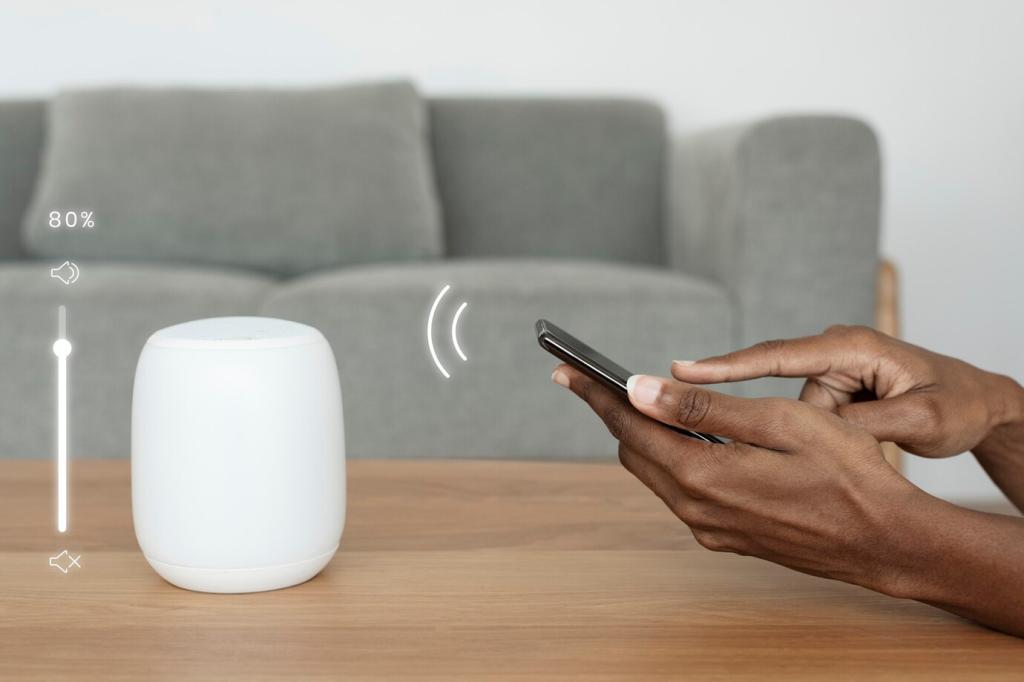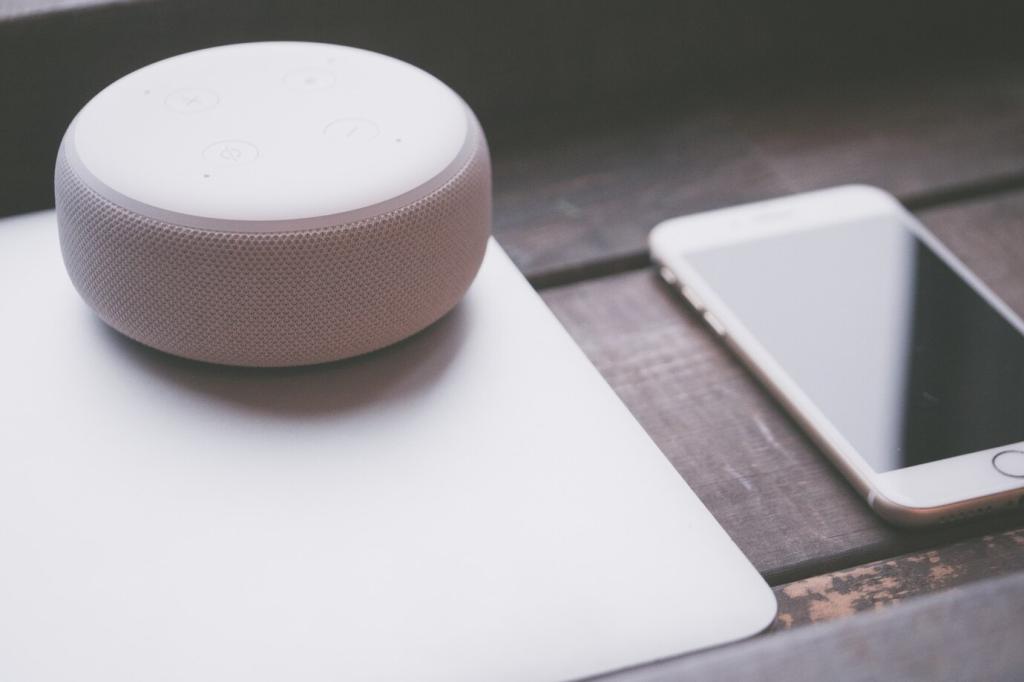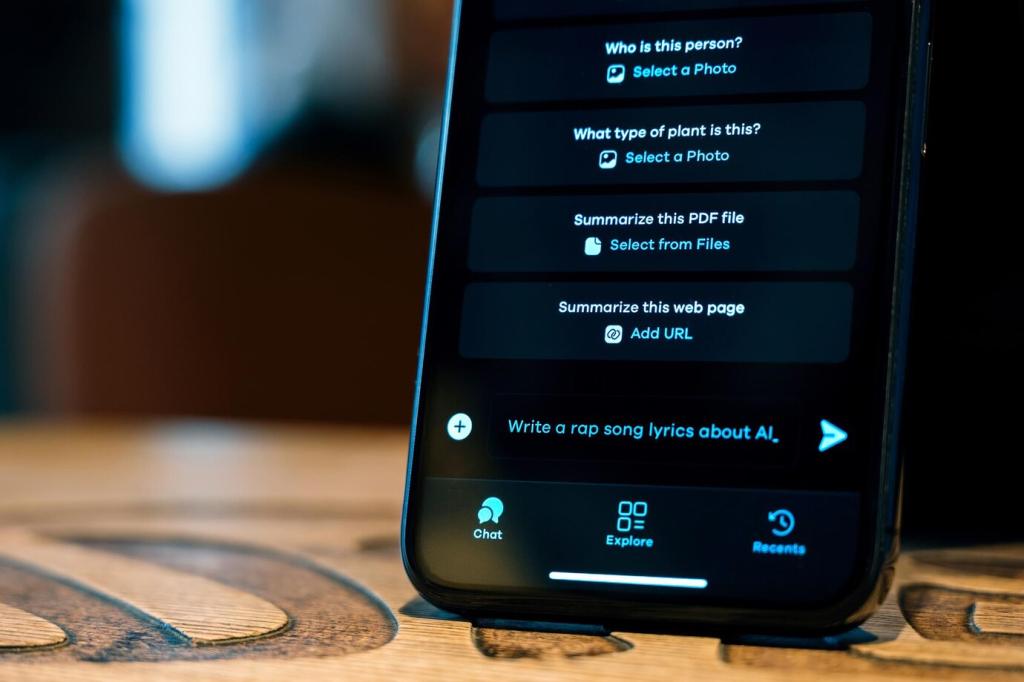From Your Living Room to the Cloud: The Data Journey
Even when audio is well protected, metadata—timestamps, device IDs, skill names, and network addresses—can reveal routines and habits. Review vendor dashboards to understand what is stored. Turn off usage-based personalization if it feels intrusive, and comment with any dashboard features you wish existed for clearer, more respectful transparency.
From Your Living Room to the Cloud: The Data Journey
Many platforms offer auto-delete windows or let you exclude recordings from manual review. Set retention to the shortest period you need, and regularly audit stored clips. If you find surprising recordings, let us know how easy deletion felt and whether the controls gave you confidence in your long-term privacy.






